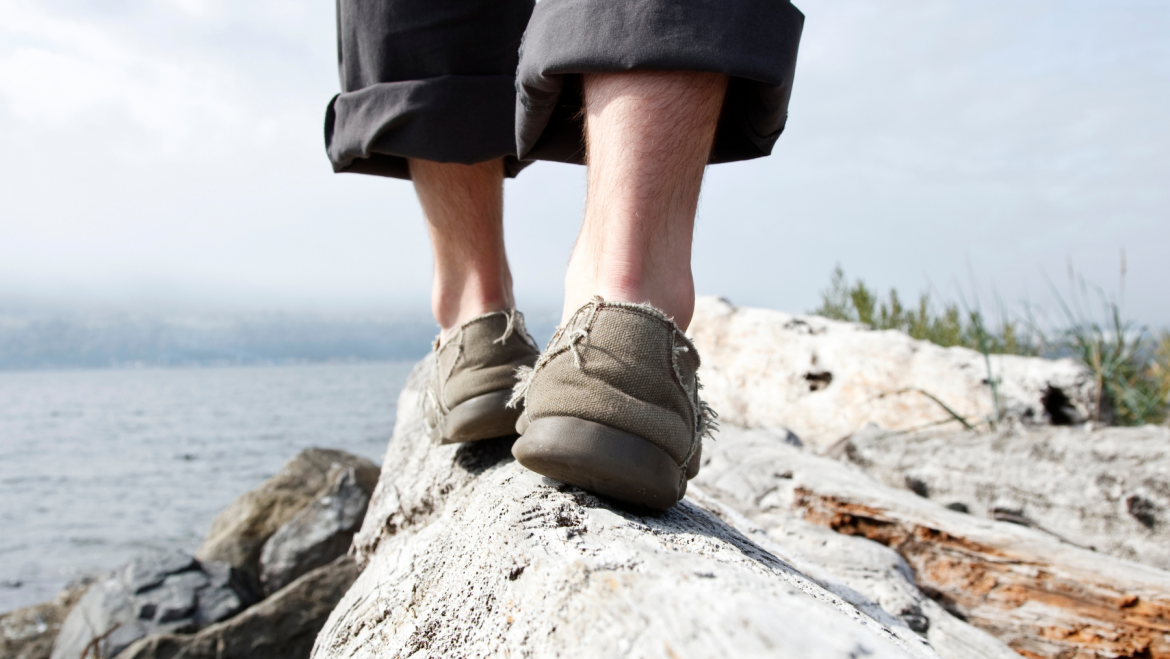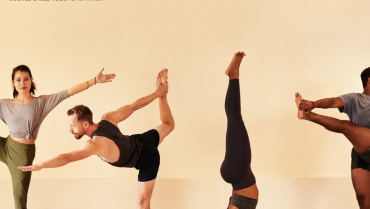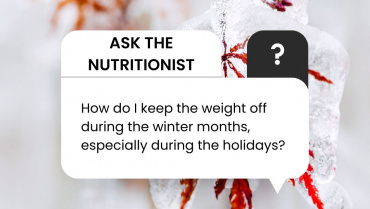Because many aspects of our lives have been turned upside down, forgotten or neglected these past months, it’s a great time to take a moment and check in with where we might be out of balance and how to regain it. Each spoke on this bicycle wheel represents an essential aspect of your body-mind health. Once you assess how your wheel is balanced, check out the suggestions for small positive changes to bring health, balance and joy into your life.
Use the Wheel for Self-Discovery
Imagine that the center point of the wheel is the least desirable state and the outside of the circle is the most desirable state. Look at each category, taking a moment to think about where you are now. Where is that in relation to where you want to be? Then mark a point along the line for each of the eight categories, where you feel you are right now. Next, connect the dots. Is your wheel balanced or does it look like a multi-pointed figure? Keep in mind that it can be challenging to smoothly roll through life when your wheel (life) isn’t balanced. Consider this wheel from two perspectives. First, note any categories that are out of proportion to the others. These are areas that could use some attention. Aim to bring more balance to your wheel and less bumpiness to your “life ride.” Second, consider how to enhance all the categories so they are closer to the outside or most desirable. Take small, manageable steps in one area at a time to reach your goals.
Balancing Your Wheel
Eat whole foods. Adequate protein is the foundation for vibrant energy and a positive outlook, so be sure you are eating sufficient amounts of whole food protein at every meal. If you combine this with lots of vegetables, cooked and raw, your cells will sparkle.
tip: Boost the protein in your next meal. Instead of reaching for that box of cereal, make two eggs and toast and check your energy two hours later. If you are lagging, you may need to adjust the mix of macronutrients. Or if lunch is up next, make a hardy tuna fish salad sandwich with raw veggies on the side rather than nuking a hot dog. Again, check in with your energy two to three hours later. Make adjustments to your lunch until you arrive at a meal that gives you plenty of sustained energy all afternoon.
Hydrate. Know how much fluid intake you need in a day. Too little can leave you fatigued and foggy; too much can leach out your minerals and cause leg cramps and heart palpitations. Take your body weight in pounds, divided by two, to get the number of ounces you need each day. Caffeinated drinks count as half their total volume.
tip: Pinch the skin on the top of your hand. If it bounces back quickly, you are well hydrated. If it retracts slowly, you are probably dehydrated.
Get adequate cofactors. Most people need an array of B complex vitamins and some minerals, most commonly, magnesium, to feel their best. Think of these as the spark plugs that convert your fuel (protein, carbs and fats) into energy. Nutritional testing can help you determine your needs.
tip: If you’re not taking a high-quality multivitamin, start now. Most better quality multivitamins will require you to take two per day to give you enough potency and range.
Move. Our bodies were designed to move. It’s tempting to sit most of the day when there are so many forms of entertainment that encourage sitting, on top of work-related sedentariness. Movement doesn’t need to be formal exercise but can include using your body mindfully while doing the activities of daily living. There are a myriad ways to incorporate exercise into daily routines.
tip: Incorporate movement into everyday activities. Stretch your legs on your vanity while brushing your teeth, contract your stomach muscles while climbing the stairs, do shoulder rolls and contracting rhomboids while sitting in your car waiting at a traffic light, practice deep knee bends while doing housework.
Get outside. Outdoor time is essential for our good health and psyche. Being outside airs our brain, allowing us to connect with nature and the natural rhythms of the seasons and life cycles. The Japanese concept called “forest bathing” involves immersing ourselves in nature without necessarily doing anything. It’s not about hiking or climbing but simply being in nature mindfully, experiencing the stillness and folding into the sounds, the smells and the sights. Being at one with whatever is happening in that slice of life at that moment is one of the most pleasant of all life’s activities. And it turns out that there are measurable benefits to the immune system, blood pressure and mood.
tip: Combine outdoor time and movement in a practice called “grounding.” The goal is to walk outside for 20 minutes every day, either in bare feet, socks or non-rubber soled shoes such as moccasins. Make sure you are in direct contact with the earth. Asphalt, as in your driveway or your lawn, is suitable, whereas a deck would not serve the purpose. You could stretch and ground at the same time as a lovely finish to your workday.
Get adequate sleep. During sleep, we recharge our bodies in every way: We repair tissues, improve metabolic function and balance hormones, recalibrate the master clock in the brain, remove toxic waste products, integrate life events often as dreams and generally restore homeostasis.
tip: Work on timing to get the best night’s rest. Develop a nightly routine that includes a hot Epsom salt bath and/or stretching. Practicing stress-relieving activities during the day, such as deep breathing and mindfulness breaks, will help you fall asleep later in the day because the stress hormones remain in a more normal range all day long. The most restorative time to sleep is from 10 p.m. to 2 a.m., which means being in bed by 9:30 p.m. and asleep by 10 p.m. Really. If your bedtime is much later, use melatonin (3 mg is a good place for most people to start) to nudge it back to an earlier time.
Encourage body joy. Don’t get lost in all the “shoulds” about how you are supposed to treat your body. Tune into what brings your body joy and make sure you include that in your “diet,” too. At the same time, while you’re making positive changes in your lifestyle, accept how your body is right now — weight, warts and all.
tip: Practice self-acceptance and love with something as simple as applying hydrating body lotion or giving yourself a foot massage. Thank your body for all it does for you every day.
Remember to use the wheel exercise as a tool for self-knowledge, not a weapon to beat yourself up. Choose small, measurable and sustainable changes to roll forward into balance. And above all, be well.

Article from Centered Magazine https://www.statecollegemagazine.com/articles/rolling-into-balance/





Add Comment